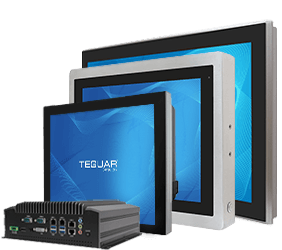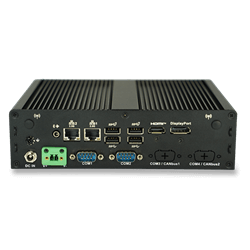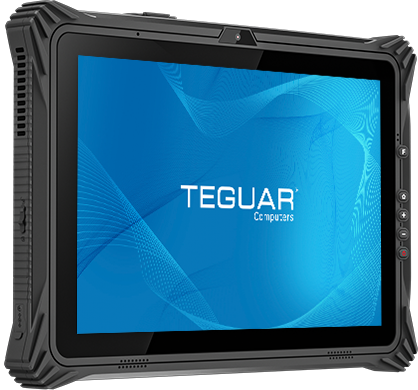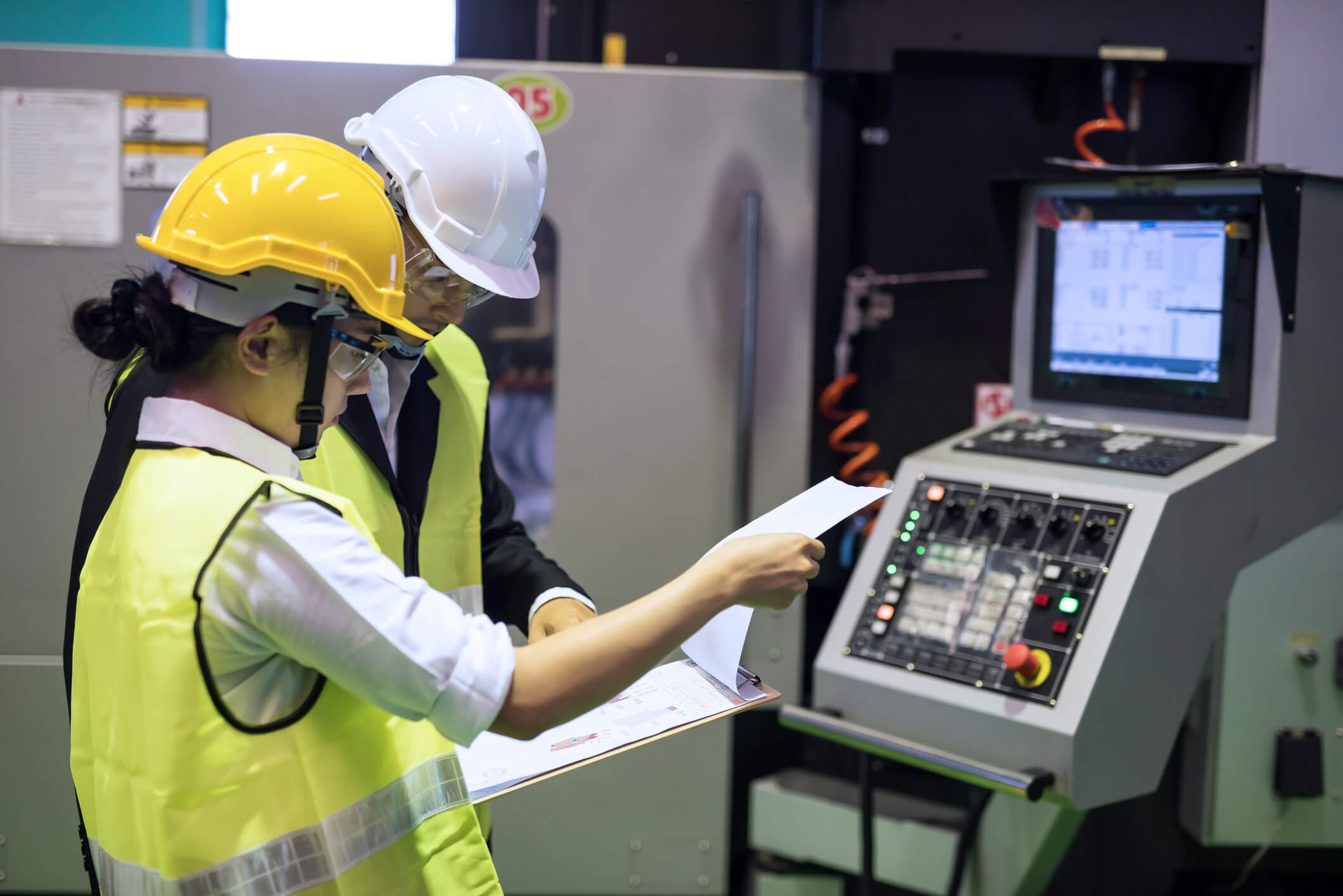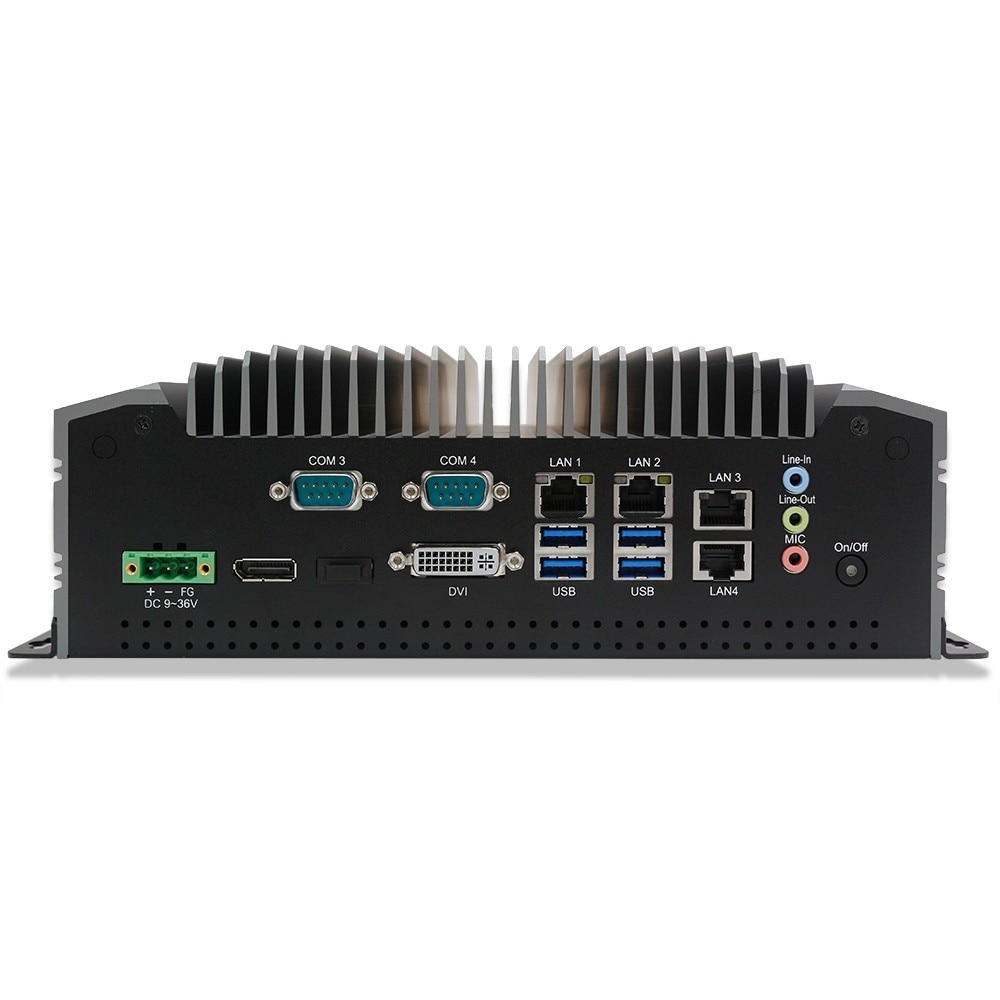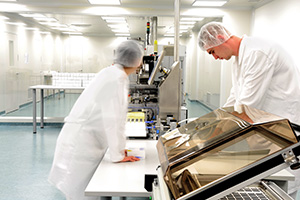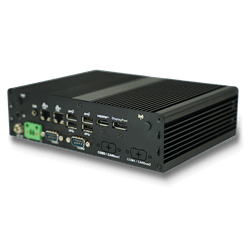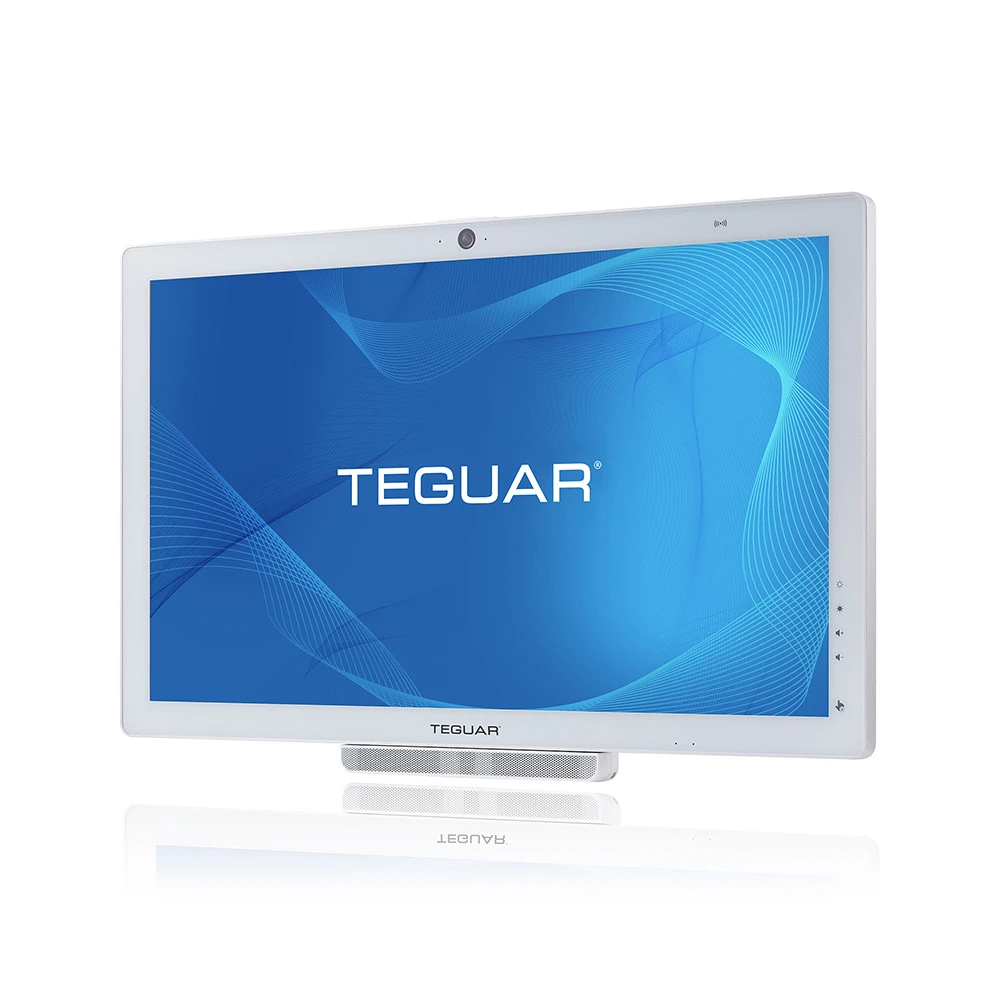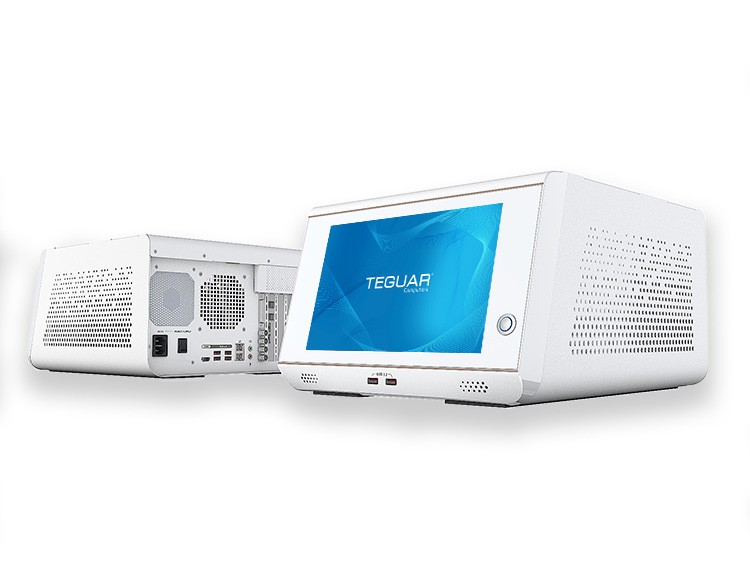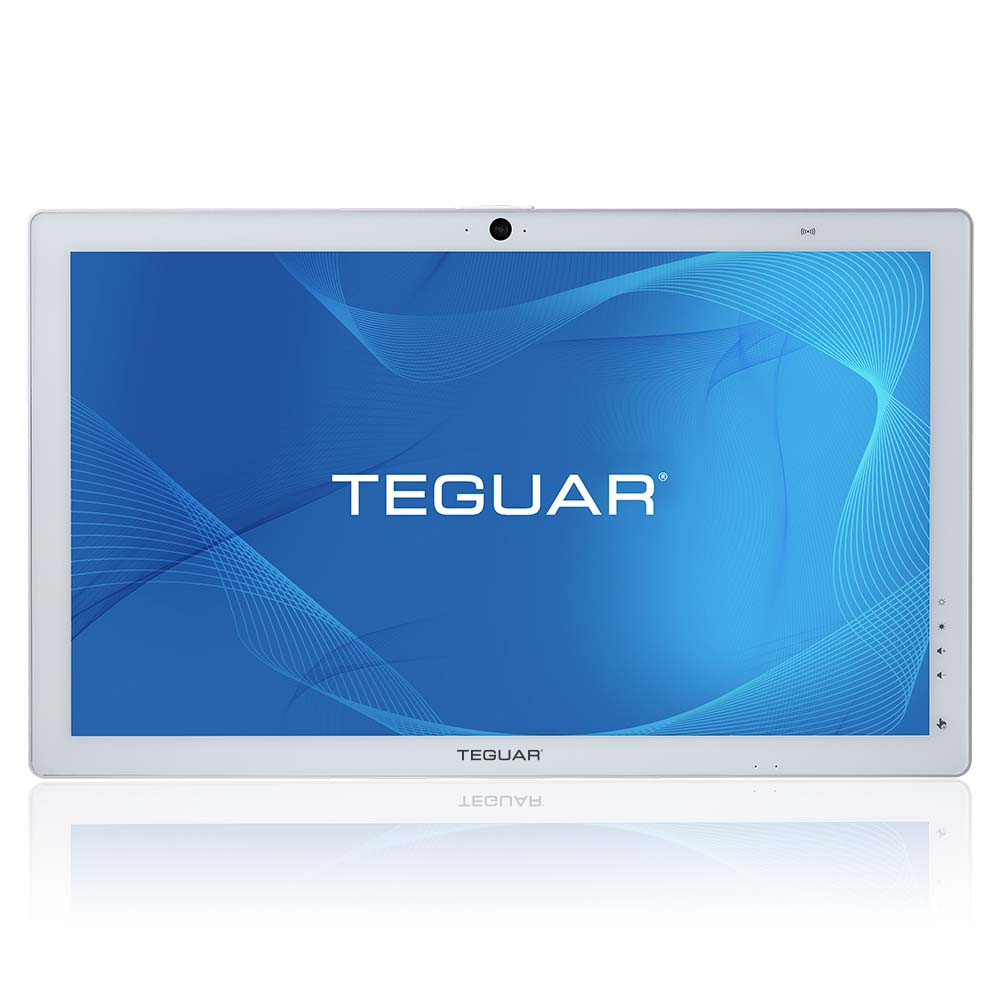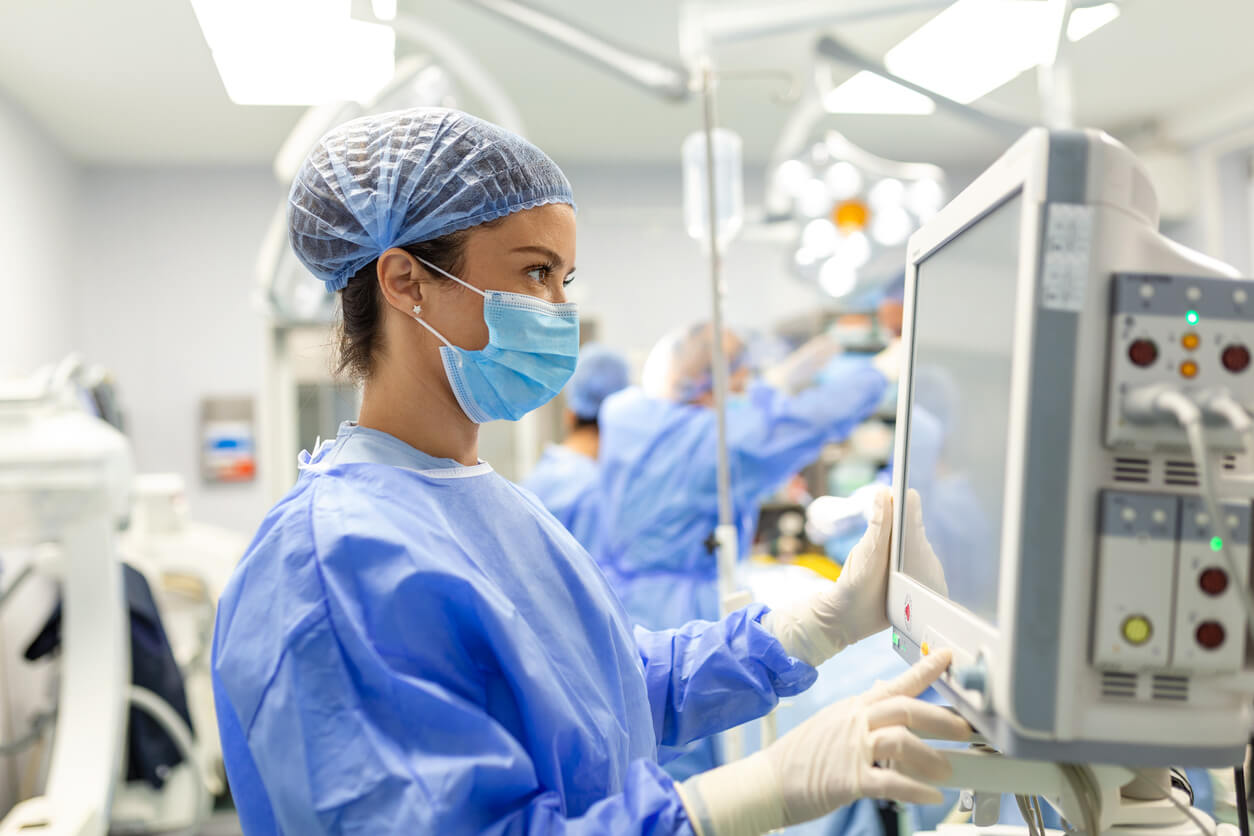The Hidden Dangers of Hospital Stays
Patients go to hospitals to get well. Unfortunately, in a lot of cases they pick up another infection while they are there, which extends their hospital stay, and could even end in unnecessary death. Hospital associated infections (HAIs) are infections that are acquired while the patient is receiving treatment in a facility, and were not present when they were admitted. These infections are commonly superbugs, such as MRSA or C Diff.
For recovering patients with compromised immune systems, these superbugs are often deadly. They can be prevented by general handwashing and cleanliness, but even the highest standards aren’t perfect, leading the most innocent of objects to harbor deadly bacteria. Germs from a basic uncovered cough or sneeze can travel 6-8 meters (19 to 27 feet) and stay in the air for up to 10 minutes.
Where are Deadly Superbugs Lurking?
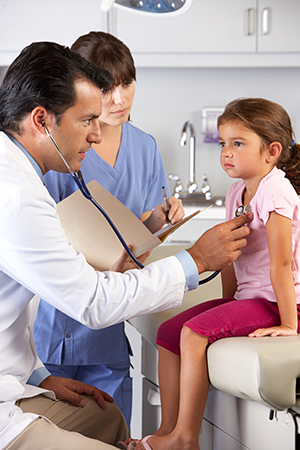 Superbugs that are commonly found in hospitals are much more hardy and resilient (hence their name), and pose a much greater risk. Bacteria like MRSA and C Diff can survive on surfaces outside of the body for weeks to months, and commonly travel on health practitioners’ equipment or clothing.
Superbugs that are commonly found in hospitals are much more hardy and resilient (hence their name), and pose a much greater risk. Bacteria like MRSA and C Diff can survive on surfaces outside of the body for weeks to months, and commonly travel on health practitioners’ equipment or clothing.
Studies show that the presence of drug resistant bacteria was detected even in areas that weren’t directly used for patient treatment. At clinical staff work stations, the chair, computer keyboard, and mouse are more likely to contain dangerous organisms due to the amount of touch traffic they get. Hospital personnel can carry these pathogens from the patient’s room on their hands, gloves, or clothing, to their shared work station where they might contaminate equipment. Doctors and nurses nowadays are constantly using computers to enter patient information, during and after interactions. While handwashing is extremely important, it is also necessary to be able to disinfect high risk objects.
How to Minimize Contamination
Keyboard covers and special electronic disinfectants can be utilized to protect shared devices, but there is a much better option. Medical all-in-one computers can eliminate two major objects that carry deadly germs: the keyboard and the mouse. Medical touchscreen PCs are designed to be regularly disinfected and typically feature full flat touchscreens for easy wipe downs after each use. It is important to use computers with no crevices or cracks that bacteria can collect and thrive in. Utilizing an antimicrobial coating that inhibits the growth of superbugs like MRSA, medical touchscreen PCs are a very safe and practical option for hospitals and healthcare centers.
Teguar Can Help
Teguar’s medical touchscreen computers are all UL/EN 60601 certified and are an ideal solution to eliminate the risk of equipment contamination. The front bezels are fully flat for fast and simplified sanitizing, and keyboards are not necessary. The units have antibacterial coatings and are designed specifically for the healthcare industry, so treating patients is safer. Contact the sales team at Teguar to learn more about your medical touchscreen options.


